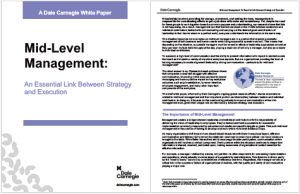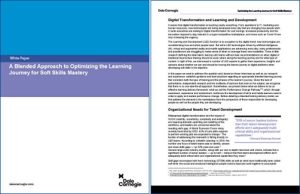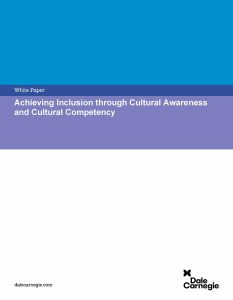Creativity is Social: The Interpersonal Dynamics of Innovation in the Workplace
Innovate or Die: Creativity is the Key to Survival
Talk of creativity used to be relegated to fields such as the arts, fashion, and architecture, but today it is on the minds of all kinds of business leaders. Market-leading products are rapidly replaced. Customers quickly abandon popular services for faster, easier options. Companies that never considered themselves as being in a business requiring creativity are suddenly highly attuned to the threat of disruption from a competitor whose innovative new idea might change the industry completely.
With the accelerated lifecycles of products and services, companies have to think about problems and business issues in new ways. Maximizing efficiencies is no longer enough for continued growth. Businesses must get creative.
Creativity vs. Innovation
Creativity and innovation are sometimes used interchangeably. Although they are closely related, they are different from each other:
・Creativity is the generation of novel and useful ideas, often by connecting knowledge in
new ways.
・Innovation is the realization of those ideas (as products, services, practices, etc.) and their implementation to create value.
Once defined, it becomes clear that innovation is impossible without creativity. Fortunately, humans inherently have a great deal of creative intelligence, but turning it into innovation requires that organizations support an environment that encourages people to express and develop it and then to bring that creativity together with data, expertise, networks of relationships, and resources to realize its full potential.
In this paper, we lay out a model for doing that based on secondary research as well as related insights from our own work, including our global study of creativity in the workplace.



